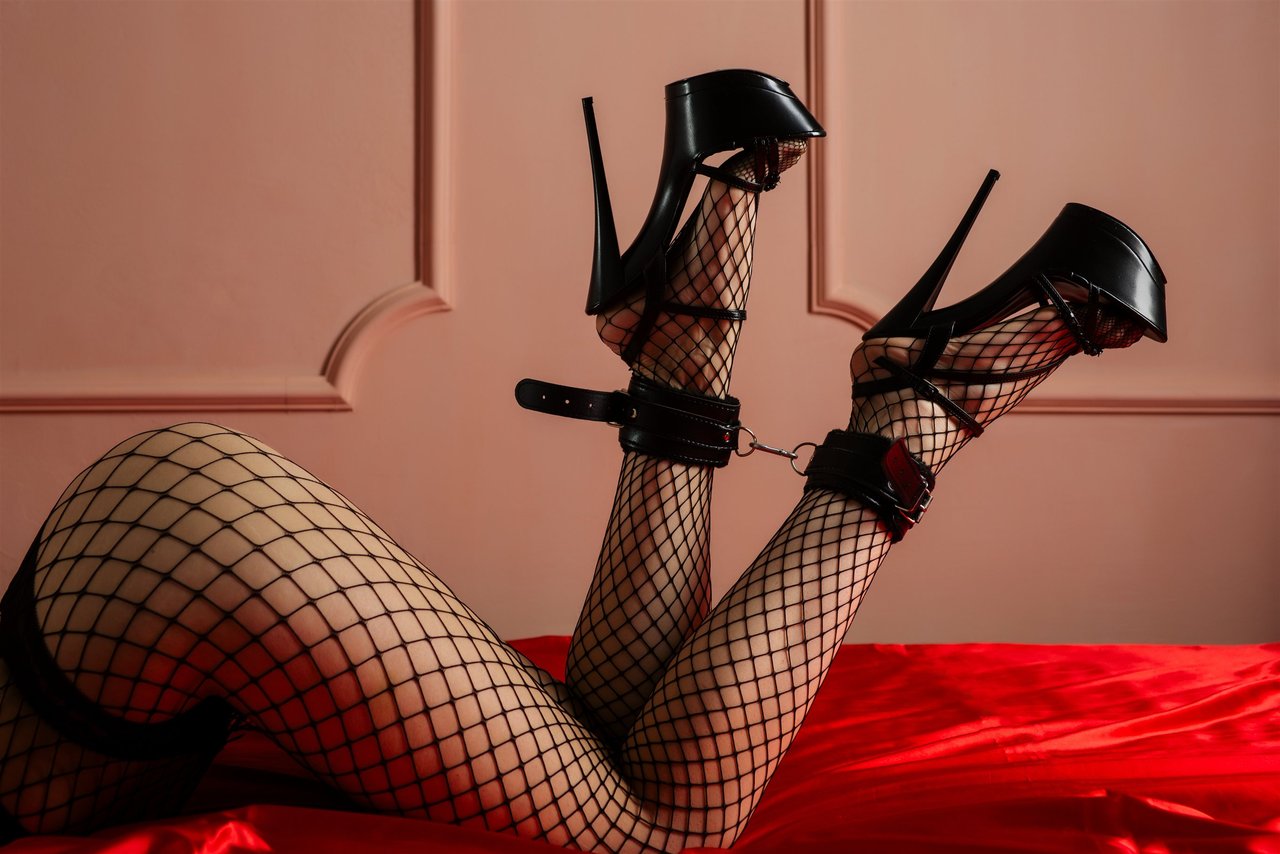Bisexual Drawings as Powerful Bi Pride and LGBTQ Community Art
Creating bisexual drawings is about much more than filling a blank space. For many, it’s the first honest place their identity can breathe freely and shout, “I’m here.” When you put a pencil to paper, you’re not just sketching lines; you’re marking a real piece of yourself that the world too often asks you to hide. Within the LGBTQ community, bisexual art carves out a space for bi stories, struggling both for recognition and unity.
Artistic expression becomes a lifeline when words fail. Bisexual drawings don’t require perfection or fancy supplies—you start with any scrap or notebook, letting the colors and shapes tell your story. Through these sketches, bisexual people see their identity mirrored back with realness, refusing to be erased or lumped into a category they don’t own. Every bold streak highlights the spectrum of bisexuality and the connection to people who understand what it means to live between worlds.
If you’ve ever wondered where to begin, start with simple creative doodles, a split-color heart, or lines inspired by the bisexual flag. Even doodling in the margins counts. Each mark can stir courage and remind you: visibility is powerful. In a world that still deals in silence, your drawings become both shield and signal—broadcasting pride in broad daylight or whispering it quietly to yourself.
You’re not alone in this journey. Countless people use bisexual drawings as their anchor in a shifting sea, making artistic expression into a form of self-acceptance and affirmation in the lgbtq community.
Understanding Bi Symbols and Making Them Personal in Your Drawings
Symbols hold weight. For bisexual people, bi symbols can become both armor and art. The female bisexual symbol and male bisexual symbol are more than quick sketches—they're tools for staking your claim in spaces that don’t always see you. Personalizing these symbols transforms them into badges of bi pride, private mantras, or visible rallying cries, depending on what you need.
When you start drawing bi symbols, experiment with lines, curves, and different styles. Try overlaying them onto creative doodles, weaving in flag colors, or integrating gender diversity motifs. The possibilities are endless; every variation says, “I’m here, I matter, and I won’t be folded into someone else’s expectations.” Here are a few symbol ideas to get started:
- Classic interlocking male (♂) and female (♀) symbols with a third loop for bisexuality.
- Overlaying the bi flag across double-moon imagery.
- Subtle abstract designs—like triangles or infinity loops—featuring bisexual colors.
- Cartoonish hearts or stars outlined with subtle pink, purple, and blue.
Making these symbols personal is what makes them powerful. Maybe you mix your favorite character with the bi symbol, or scribble your initials into the design. Let your instincts guide you, and remember that fun and experimentation are the real goals. That’s where bisexual creative expression grows from—a place of curiosity and courage.
Drawing the Female Bisexual Symbol: Variations and Gender Identity
Few things are as quietly radical as the female bisexual symbol drawn by your own hand. There’s power in something so simple—a double Venus, a linked pair of hearts, even just a bold line softened with a purple curve. Each version nods to gender identity and the fight to be all of who you are. If doodling ideas feel elusive, remember that classic isn’t the only option. Swirl interconnected hearts or add delicate vines, letting creativity flow from the tip of your pencil.
This symbol isn’t about conforming—it’s about embracing gender diversity, from unapologetically feminine details to stark mathematical minimalism. You could add thorns to your hearts, blossoms to your lines, or layer pink hues in ways that echo your mood. The act of drawing turns this symbol from static sign into living testament: a record of invisible battles and small victories.
For practical tips, try sketching the outline lightly first, then layering details or adding bisexual flag colors for depth. Watercolor can soften hard lines, while markers make everything pop. If you find perfection isn’t coming, don’t force it. The unique quirks are what give your drawing its soul—a reflection of your journey, not a template from someone else.
Whatever your style, remember: the female bisexual symbol in your sketchbook is proof you refuse to disappear—a hand-drawn act of pride that stays with you even when it’s tucked away.


